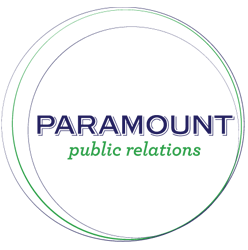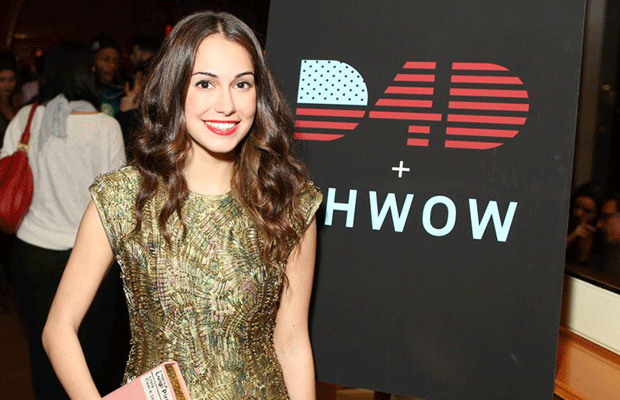Fortune 500 companies are shelling out big bucks to advertise the 2014 World Cup, this summer’s biggest sporting event. In this Main Street article, Jason Notte reports that Adidas, Coca-Cola, Sony, Visa, Hyundai/Kia and Emirates paid $100 million each to become official World Cup partners. McDonald’s, Johnson & Johnson, Anheuser-Busch InBev’s Budweiser and BP’s Castrol each paid $20 million for second-tier sponsorship. Despite these huge expenses, many of these companies are being outshone by guerilla marketing tactics from direct competitors.
The most-viewed World Cup advertisement (at 80 million views on YouTube) is “Winner Stays” by Nike, a direct competitor of World Cup partner Adidas. This marketing battle was simply one of star power. While Adidas features several recognizable players in their ad “The Dream” (35 million views on YouTube), including Argentinian Lionel Messi, Nike compiled an all-star team of celebrity players like Cristiano Ronaldo, Neymar, Wayne Rooney and Gerard Pique. Nike’s celebrity endorsers are familiar outside of the soccer sphere and created more activity on social media. Ronaldo tweeted the commercial to his millions of followers, while Messi doesn’t even have a Twitter. “Winner Stays”, which turns a group of average kids in a pick-up soccer game into star players at the World Cup, also appeals to a much broader audience than “The Dream” which, while dramatic and exciting, makes the World Cup the central focus.
Guerilla marketing is continually present during large-scale sporting events like the Superbowl and March Madness. By excluding all World Cup logos from their advertisement and relying on the power of implication, Nike has proved that partnerships are not worth the hefty price tag. While Adidas may have edged Nike in soccer sales last year ($2.7 billion to $2 billion), Nike has come out on top during soccer’s most important event.
Here are the two ads, watch and decide for yourself which is more effective.
Adidas, “The Dream”
Nike, “Winner Stays”





 When hiring, give an applicant’s potential to grow more weight than her current skill level. What she will be capable of tomorrow is much more important than what she can do today. Why? Because if you give a good idea to a mediocre team, they will screw it up. But give a mediocre idea to a great team, they will either fix it or come up with something better. That’s why people matter.
When hiring, give an applicant’s potential to grow more weight than her current skill level. What she will be capable of tomorrow is much more important than what she can do today. Why? Because if you give a good idea to a mediocre team, they will screw it up. But give a mediocre idea to a great team, they will either fix it or come up with something better. That’s why people matter.
 A recent Cision
A recent Cision 
